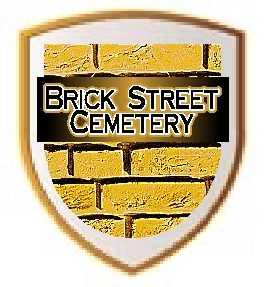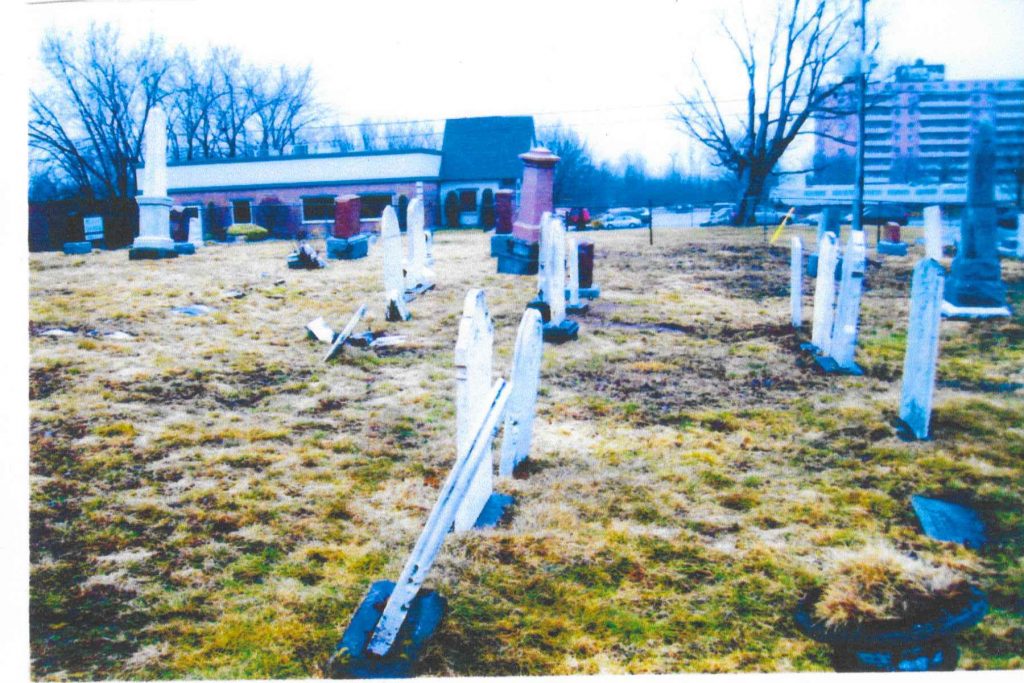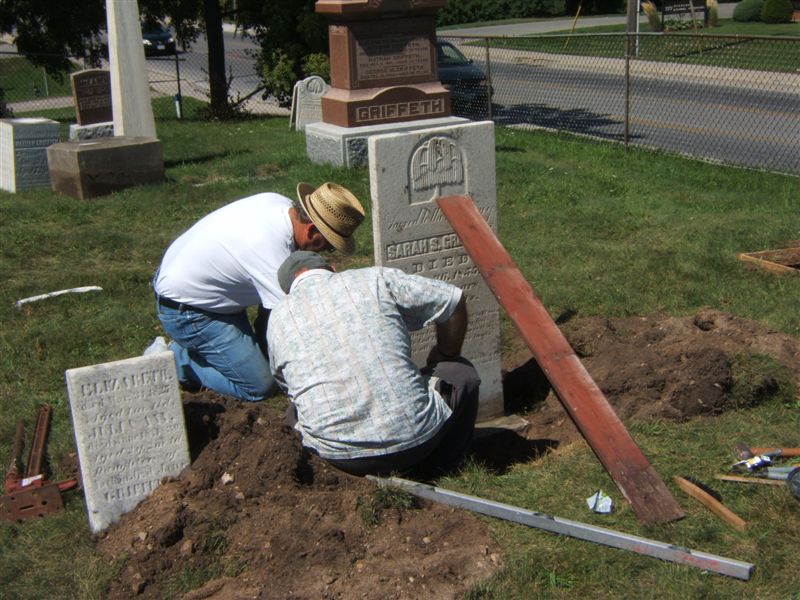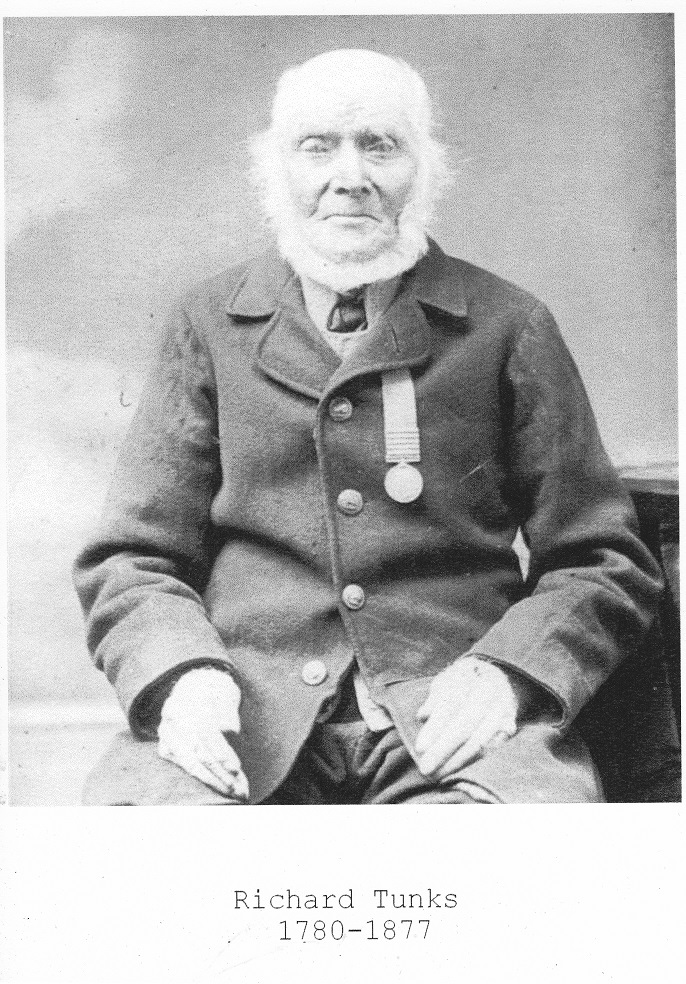Severe deterioration over nearly 200 years prompted the formation of The Friends of Brick Street Cemetery in 2006, in order to restore the cemetery. Through the financial support of several government and private organizations, considerable improvements have been made. Conservation of the historic monuments within Brick Street Cemetery was of key importance to the FBSC. Prior to the volunteer work of the FBSC, the Mount Zion Board of Trustees hired the John McDougal Monument Restorations Committee in 2006 to repair the first of the large Blinn and Flint family stones. FBSC members David Parker and Adrian Guchelaar began the volunteer restoration of stones by first implementing simple repairs such as standing, straightening, reinforcing and stabilizing leaning and broken stones. Before full restoration began, the FBSC consulted with various sources from the Ontario Association of Cemetery and Funeral Professionals (OACFP) and the Ministry of Culture on Ontario cemetery restoration.
This was especially important as best practices for monument restoration are constantly evolving, and new sympathetic restoration techniques are ever-changing. This requires anyone involved with gravestone restoration to ensure they are keeping up to date on these techniques, or else risk the longevity of the gravestones themselves. When visiting the site, you will notice repair work from the early days of site restoration, including techniques which are no longer accepted by contemporary conservation professionals. FBSC tries to keep up to date with accepted conservations practices, including the use of grid works, lime mortar, and cleaning with D/2 Biological Solution.
For more information on basic gravestone conservation, as well as a pdf pamphlet on how to clean your own family or friends’ gravestones safely, please check out the Woodland Cemetery History blog’s monument restoration page: https://woodlandcemeteryhistory.wordpress.com/about-our-monument-conservation/

Gravestones before cleanup 
Resetting a leaning gravestone

An early photo of the gravestones in long grass 
Gravestone prior to cleanup and repair
The Friends of Brick Street Cemetery (FBSC) established that there are at least 120 individuals buried in the cemetery for which there are no extant markers. In order to locate these missing markers and delineate the burials themselves, the FBSC enlisted the geophysical services of Timmins Martelle Heritage Consultants Inc. TMHC conducted four geophysical surveys of the cemetery. Non-intrusive Ground Penetrating Radar (GPR) surveys were conducted over several small areas containing both known and potential burials on the cemetery grounds. Read more HERE
A unique feature of the burial ground is the addition of Auxiliary Stones to illegible or historically significant markers. These stones are made locally, and give a name to unmarked graves, recognise significant individuals, and detail the information from particularly weathered gravestones. Considerable historic and genealogical research connected with the people buried here has been completed and is ongoing – a valuable resource for anyone interested in local history.

Sgt. Richard Tunks 82nd Regt. with his military medal c1870 






Phoebe McNames’ tombstone 2007 
Phoebe McNames’ tombstone 2012













